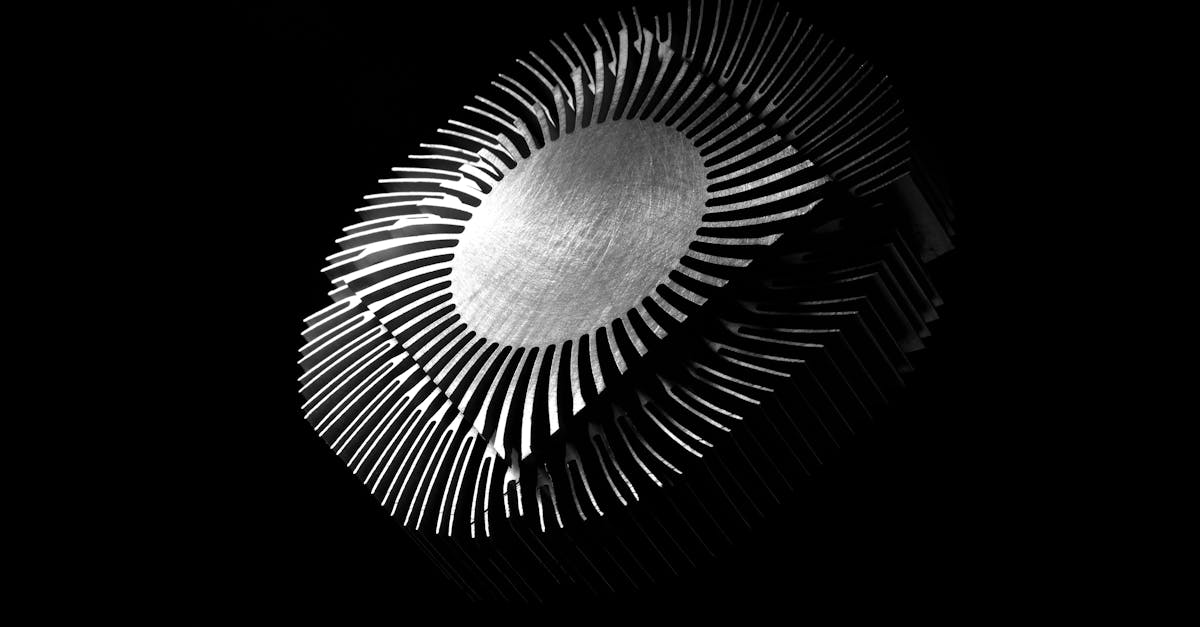Ensuring Proper Airflow in Ducted Split System Heating: Maintenance Insights
2024-06-14
A consistent and well-regulated heating system is especially important during colder months when fluctuating temperatures can affect the overall learning experience. With single-split system heating, educational institutions can create a pleasant and consistent environment that supports concentration and productivity. By prioritising the comfort of students and staff through effective temperature contrEnsure Proper Sealing of Ductworkol, schools and universities can enhance the overall learning environment and promote academic success.
Proper sealing of the ductwork is crucial for maintaining efficient airflow in a ducted split system heating setup. Any gaps or leaks in the ducts can lead to a significant loss of heated air, resulting in decreased heating performance and higher energy bills. To ensure optimal airflow, it is essential to conduct regular inspections of the ductwork and seal off any leaks promptly.Healthcare Facilities
One of the key benefits of single-split system heating in gyms is its ability to provide targeted heating to specific areas within the facility. This zoning capability allows gym owners to adjust the temperature levels in different areas based on uTo maintain consistent airflow velocity in ducted split system heating, regular servicing and cleaning of the ductwork is essential. Over time, dust, debris, and other particles can accumulate within the ducts, leading to blockages that disrupt the airflow. By scheduling routine maintenance checks, homeowners can ensure that their system operates efficiently and effectively.